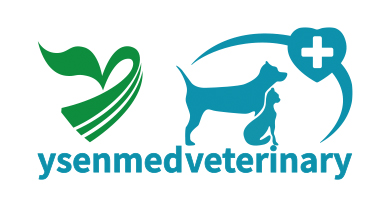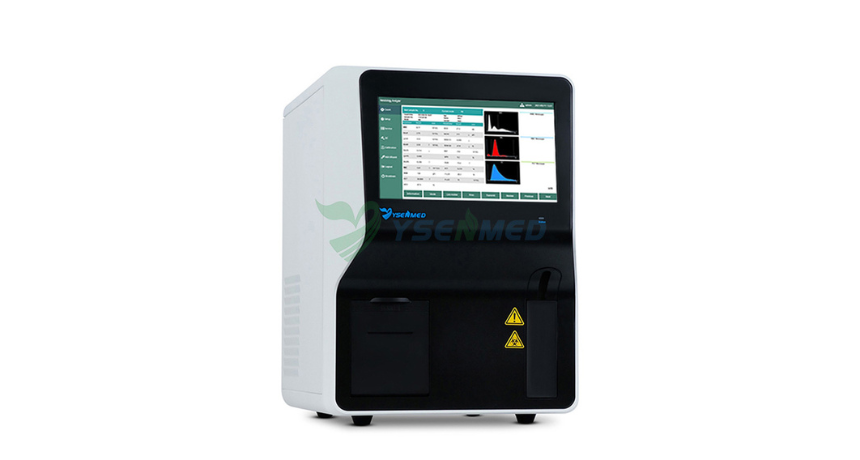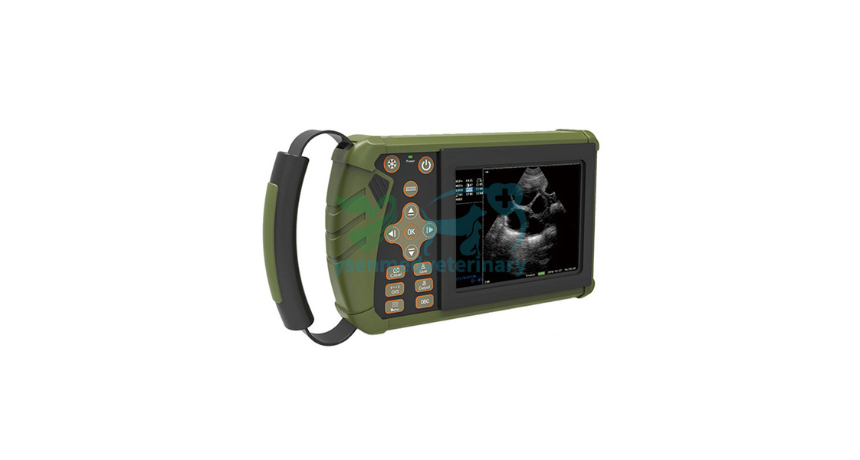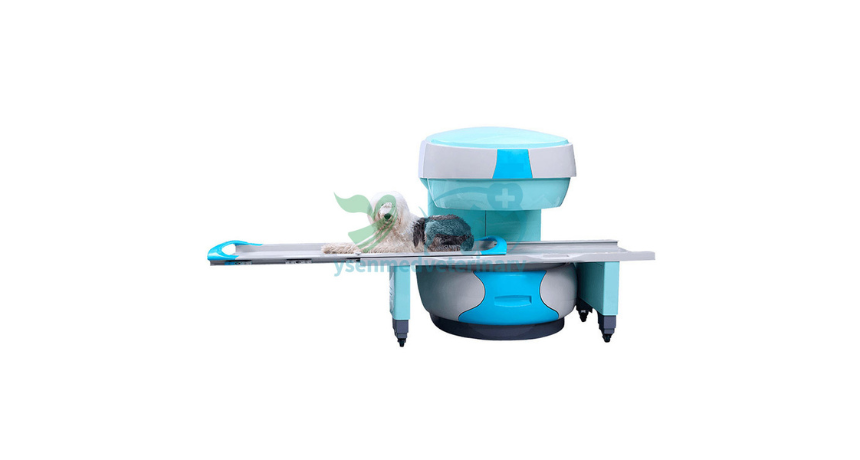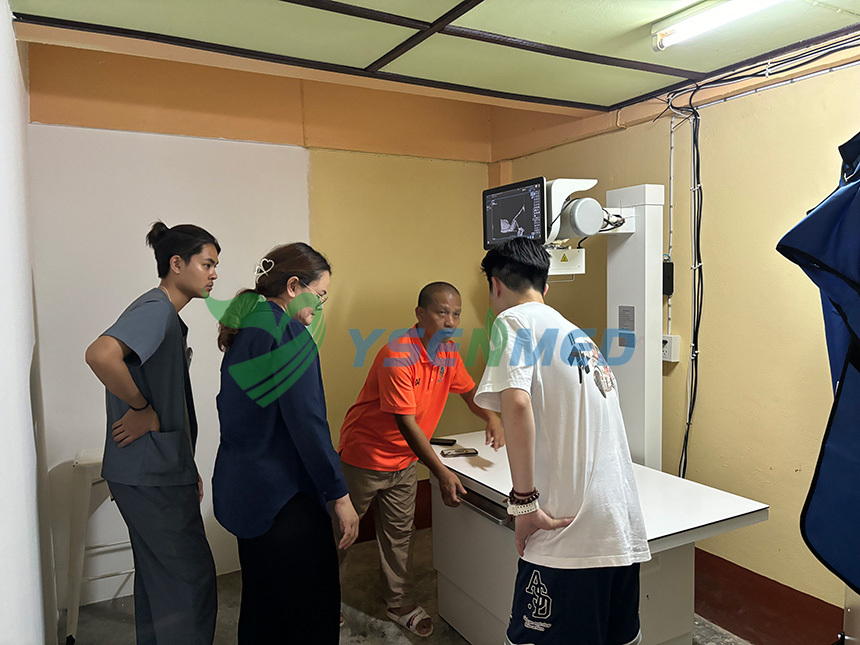As animal lovers and pet owners, ensuring the well-being of our furry friends is a top priority. When our beloved pets fall ill or show signs of discomfort, it can be a worrisome time. Traditionally, diagnosing illnesses in animals has been a challenging task, often requiring invasive procedures or guesswork. However, with advancements in technology, veterinary medicine has taken a leap forward. One such innovation is the use of
Computed Tomography (CT) scanning for animal disease detection and management. In this article, we'll delve into the significance of leveraging CT scans beyond mere diagnosis, exploring how they contribute to comprehensive care for our animal companions.

Understanding the Basics of CT Scanning
Before we delve deeper, let's grasp the fundamentals of CT scanning. CT scanning, also known as computed tomography or CAT scanning, utilizes X-rays to create detailed cross-sectional images of the body. These images provide a three-dimensional view, allowing veterinarians to examine internal structures with exceptional clarity. Unlike traditional X-rays, which produce flat images, CT scans offer a more comprehensive understanding of anatomical structures and abnormalities.
The Process of CT Scanning in Animals
The process of CT scanning in animals is similar to that in humans. The patient is placed on a specialized table and guided into the CT scanner. Once inside, the scanner rotates around the animal, capturing multiple X-ray images from different angles. These images are then processed by a computer to generate detailed cross-sectional images, which can be viewed and analyzed by veterinary professionals.
The Evolution of CT in Veterinary Medicine
CT scanning has revolutionized veterinary medicine by offering non-invasive and highly accurate diagnostic capabilities. Initially, CT scans were primarily used for identifying anatomical abnormalities and diagnosing specific diseases. However, as technology has advanced, the role of CT scanning in veterinary care has expanded significantly.
Beyond Diagnosis: Comprehensive Disease Management
While diagnosis is undoubtedly a crucial aspect of veterinary care, the true potential of CT scanning lies in its ability to facilitate comprehensive disease management. Unlike conventional diagnostic methods, such as physical examinations or blood tests, CT scans provide detailed insights into the extent and severity of a disease.
Precision Treatment Planning
One of the primary benefits of CT scanning in veterinary medicine is its role in precision treatment planning. By accurately visualizing the location and nature of a disease or injury, veterinarians can develop tailored treatment strategies that optimize outcomes and minimize risks. Whether it's surgical intervention, radiation therapy, or medication management, CT scans serve as invaluable tools for guiding treatment decisions.
Monitoring Disease Progression
In addition to initial diagnosis, CT scanning plays a vital role in monitoring disease progression over time. By regularly performing follow-up scans, veterinarians can assess the effectiveness of treatment interventions and make adjustments as necessary. This proactive approach allows for timely intervention and ensures that the patient receives the most appropriate care throughout their journey to recovery.
Advantages of CT Scanning in Veterinary Practice
The integration of CT scanning into veterinary practice offers a myriad of advantages for both patients and practitioners alike.
Non-Invasive Imaging
Unlike exploratory surgeries or invasive procedures, CT scanning is non-invasive and minimally stressful for animals. This reduces the risk of complications and post-operative discomfort, making it a safer and more comfortable option for diagnostic imaging.
High-Quality Imaging
CT scans provide exceptionally high-quality images, allowing for detailed visualization of internal structures and abnormalities. This level of clarity enables veterinarians to make accurate diagnoses and formulate effective treatment plans with confidence.
Multi-Dimensional Evaluation
One of the unique advantages of CT scanning is its ability to provide multi-dimensional evaluation of anatomical structures. By capturing images from various angles, CT scans offer a comprehensive view of the patient's condition, facilitating thorough assessment and precise localization of abnormalities.
Applications of CT Scanning in Veterinary Care
The versatility of CT scanning extends across a wide range of veterinary specialties and clinical scenarios.
Orthopedic Disorders
CT scanning is particularly valuable in the diagnosis and management of orthopedic disorders in animals. From fractures and joint abnormalities to degenerative conditions, CT scans provide detailed insights into musculoskeletal anatomy, guiding surgical planning and post-operative assessment.
Neurological Conditions
In cases of neurological disorders, such as spinal cord injuries or brain tumors, CT scanning plays a crucial role in localization and characterization of lesions. This allows for targeted interventions, such as surgical resection or radiation therapy, tailored to the specific needs of the patient.
Oncological Imaging
In the field of veterinary oncology, CT scanning is indispensable for staging tumors and assessing their extent of spread. By accurately delineating tumor boundaries and identifying metastatic lesions, CT scans aid in treatment decision-making and monitoring of therapeutic response.
Conclusion
In conclusion, the utilization of CT scanning in veterinary medicine extends far beyond mere diagnosis, offering a comprehensive approach to disease management and patient care. From precision treatment planning to longitudinal disease monitoring, CT scans play a pivotal role in optimizing outcomes and enhancing the well-being of our animal companions. As technology continues to advance, the integration of CT scanning into routine veterinary practice promises to revolutionize the way we diagnose, treat, and manage diseases in animals. By harnessing the power of this innovative imaging modality, veterinarians can provide the highest standard of care for their patients, ensuring a brighter and healthier future for all.
FAQs
What types of animals can undergo CT scanning for disease detection?
CT scanning can be performed on a wide range of animals, including but not limited to dogs, cats, horses, and exotic species like birds and reptiles. The suitability of CT scanning for a particular animal depends on factors such as size, temperament, and overall health.
How does CT scanning differ from traditional X-ray imaging for diagnosing animal diseases?
While traditional X-ray imaging provides two-dimensional images, CT scanning offers three-dimensional cross-sectional views of the body. This allows for more detailed visualization of internal structures and abnormalities, enhancing diagnostic accuracy and precision.
Is CT scanning safe for animals?
Yes, CT scanning is considered safe for animals when performed by trained veterinary professionals. The procedure is non-invasive and does not typically require anesthesia, although sedation may be necessary for some patients to ensure immobilization during the scan.
Can CT scanning be used for routine health screenings in animals?
While CT scanning is a valuable diagnostic tool, it is not typically used for routine health screenings in animals due to its cost and the need for specialized equipment. However, in cases where there is a specific concern or suspicion of underlying pathology, CT scanning may be recommended by a veterinarian.
Are there any risks or side effects associated with CT scanning in animals?
While CT scanning is generally safe, there are some potential risks and considerations to be aware of. These may include exposure to ionizing radiation, the need for sedation or anesthesia in certain cases, and the possibility of allergic reactions to contrast agents used in some scans. Veterinary professionals take appropriate precautions to minimize risks and ensure the safety and well-being of their patients during CT scanning procedures.
